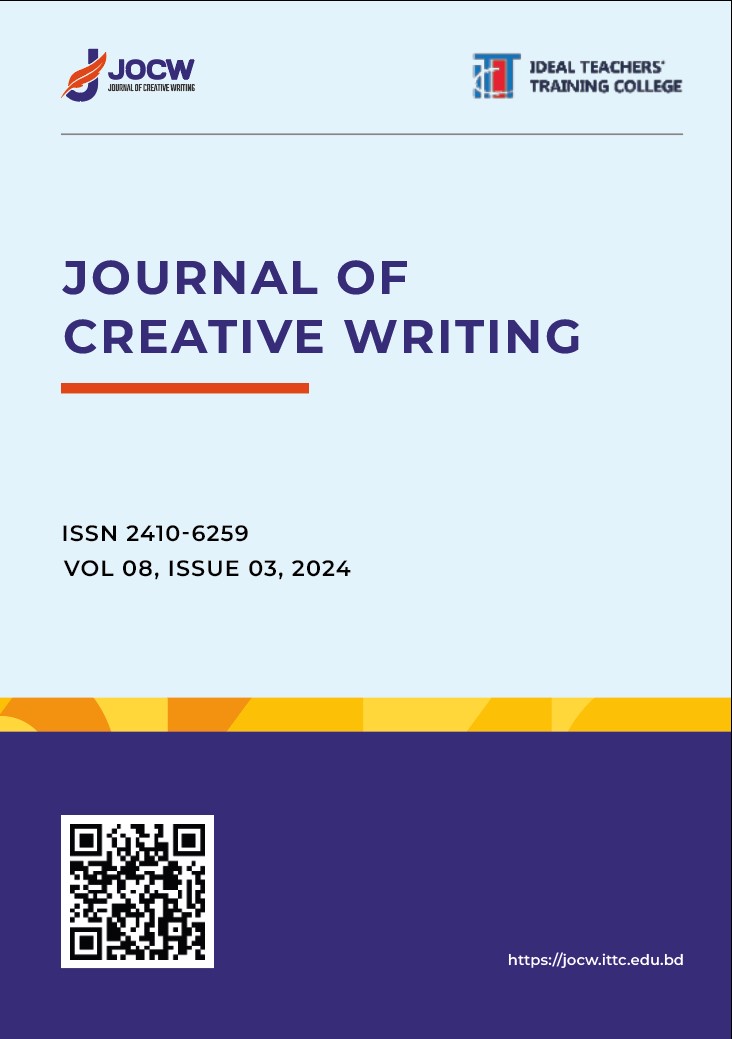Abbasi, G. A., Sandran, T., Ganesan, Y., & Iranmanesh, M. (2022). Go cashless! Determinants of continuance intention to use E-wallet apps: A hybrid approach using PLS-SEM and fsQCA. Technology in Society, 68, 101937. https://doi.org/https://doi.org/10.1016/j.techsoc.2022.101937
Ali, F., Terrah, A., Wu, C., Ali, L., & Wu, H. (2021). Antecedents and consequences of user engagement in smartphone travel apps. Journal of Hospitality and Tourism Technology, 12(2), 355–371. https://doi.org/10.1108/JHTT-09-2020-0221
Ali, M., Raza, S. A., Qazi, W., & Puah, C. H. (2018). Assessing e-learning system in higher education institutes: Evidence from structural equation modelling. Interactive Technology and Smart Education, 15(1), 59–78. https://doi.org/10.1108/ITSE-02-2017-0012
Bailey, J. E., & Pearson, S. W. (1983). Development of a Tool for Measuring and Analyzing Computer User Satisfaction. Management Science, 29, 530–545. https://api.semanticscholar.org/CorpusID:195703234
Cheung, M. F. Y., & To, W. M. (2021). Effect of customer involvement on co-creation of services: A moderated mediation model. Journal of Retailing and Consumer Services, 63, 102660. https://doi.org/10.1016/j.jretconser.2021.102660
Davis, F. D. (1989). Perceived usefulness, perceived ease of use, and user acceptance of information technology. MIS Quarterly: Management Information Systems, 13(3), 319–339. https://doi.org/10.2307/249008
DeLone, W. H., & McLean, E. R. (2003). The DeLone and McLean model of information systems success: A ten-year update. Journal of Management Information Systems, 19(4), 9–30. https://doi.org/10.1080/07421222.2003.11045748
Hsu, L. (2023). What makes good LMOOCs for EFL learners? Learners’ personal characteristics and Information System Success Model. Computer Assisted Language Learning, 36(1–2), 1–25. https://doi.org/10.1080/09588221.2021.1899243
Kettinger, W., Park, S.-H., & Smith, J. (2009). Understanding the consequences of information systems service quality on IS service reuse. Information & Management, 46, 335–341. https://doi.org/10.1016/j.im.2009.03.004
Khand, Z. H., & Kalhoro, M. R. (2020). Testing and Validating DeLone and MacLean IS Model: ERP System Success in Higher Education Institutions of Pakistan. Engineering, Technology & Applied Science Research, 10(5), 6242–6248. https://doi.org/10.48084/ETASR.3762
Lee, S., Shin, B., & Lee, H. G. (2009). Understanding Post-adoption Usage of Mobile Data Services: The Role of Supplier-side Variables. Journal of the Association for Information Systems, 10(12), 2. https://doi.org/10.17705/1jais.00217
Liu, Y., Li, Q., Edu, T., & Negricea, I. C. (2020). Exploring the Continuance Usage Intention of Travel Applications in the Case of Chinese Tourists. Journal of Hospitality & Tourism Research, 47(1), 6–32. https://doi.org/10.1177/1096348020962553
Meade, L. M., & Sarkis, J. (1999). Analyzing organizational project alternatives for agile manufacturing processes: An analytical network approach. International Journal of Production Research, 37(2), 241–261. https://doi.org/10.1080/002075499191751
Myers, James H and Shocker, A. D. (1981). The nature of product-related attributes. Research in Marketing, 5(5), 211–236.
Nguyen, T. D., Nguyen, T. M., & Cao, T. H. (2015). Future data and security engineering: Second international conference, FDSE 2015 Ho Chi Minh City, Vietnam, November 23–25, 2015 proceedings. Lecture Notes in Computer Science, 9446, 242–256. https://doi.org/10.1007/978-3-319-26135-5
Ojo, A. I. (2017). Validation of the delone and mclean information systems success model. Healthcare Informatics Research, 23(1), 60–66. https://doi.org/10.4258/hir.2017.23.1.60
Pitt, L. F., Watson, R. T., & Kavan, C. B. (1995). Service Quality: A Measure of Information Systems Effectiveness. MIS Quarterly, 19(2), 173–187. https://doi.org/10.2307/249687
Pituch, K. A., & Lee, Y. K. (2006). The influence of system characteristics on e-learning use. Computers & Education, 47(2), 222–244. https://doi.org/10.1016/j.compedu.2004.10.007
Quinn, A., Lemay, G., Larsen, P., & Johnson, D. (2009). Service quality in higher education. Total Quality Management & Business Excellence, 20, 139–152. https://doi.org/10.1080/14783360802622805
Ramayah, T., & Lee, J. (2012). System characteristics, satisfaction and e-learning usage: A structural equation model (SEM). Turkish Online Journal of Educational Technology, 11, 196–206.
Sagandira, C., & Berg, K. (2020). User Interface design in e-commerce and it impacts on consumer trust. https://doi.org/10.13140/RG.2.2.31943.32164
Seddon, P., & Kiew, M.-Y. (1996). A Partial Test and Development of Delone and Mclean’s Model of IS Success. Australasian Journal of Information Systems, 4(1 SE-Research Articles). https://doi.org/10.3127/ajis.v4i1.379
Trivedi, J. P., & Trivedi, H. (2018). Investigating the Factors That Make a Fashion App Successful: The Moderating Role of Personalization. Journal of Internet Commerce, 17(2), 170–187. https://doi.org/10.1080/15332861.2018.1433908
Turban, E., Aronson, J. E., & Liang, T.-P. (2007). DECISION SUPPORT SYSTEMS AND INTELLIGENT SYSTEMS. In Prentice-Hall Of India Private Ltd. https://doi.org/10.1089/dia.2022.2504
Urbach, N., & Müller, B. (2012). Informations Systems Theory: Vol.2. Springer, 28(May), 461. https://doi.org/10.1007/978-1-4419-6108-2
Wan Roslina, W. M. A., Zainon, M. A., & Nurhasyima, M. A. (2022). Evaluating library information system success: Applying the DeLone and McLean model. International Journal of Integrated Engineering, 14(3), 175-183. https://doi.org/10.30880/ijie.2022.14.03.020
Wang, F., Ding, L., Yu, H., & Zhao, Y. (2020). Big data analytics on enterprise credit risk evaluation of e-Business platform. Information Systems and E-Business Management, 18(3), 311–350. https://doi.org/10.1007/s10257-019-00414-x
Won, D., Chiu, W., & Byun, H. (2023). Factors influencing consumer use of a sport-branded app: the technology acceptance model integrating app quality and perceived enjoyment. Asia Pacific Journal of Marketing and Logistics, 35(5), 1112–1133. https://doi.org/10.1108/APJML-09-2021-0709/full/xml


 https://doi.org/10.70771/jocw.129
https://doi.org/10.70771/jocw.129







 Create or Connect your ORCID iD
Create or Connect your ORCID iD